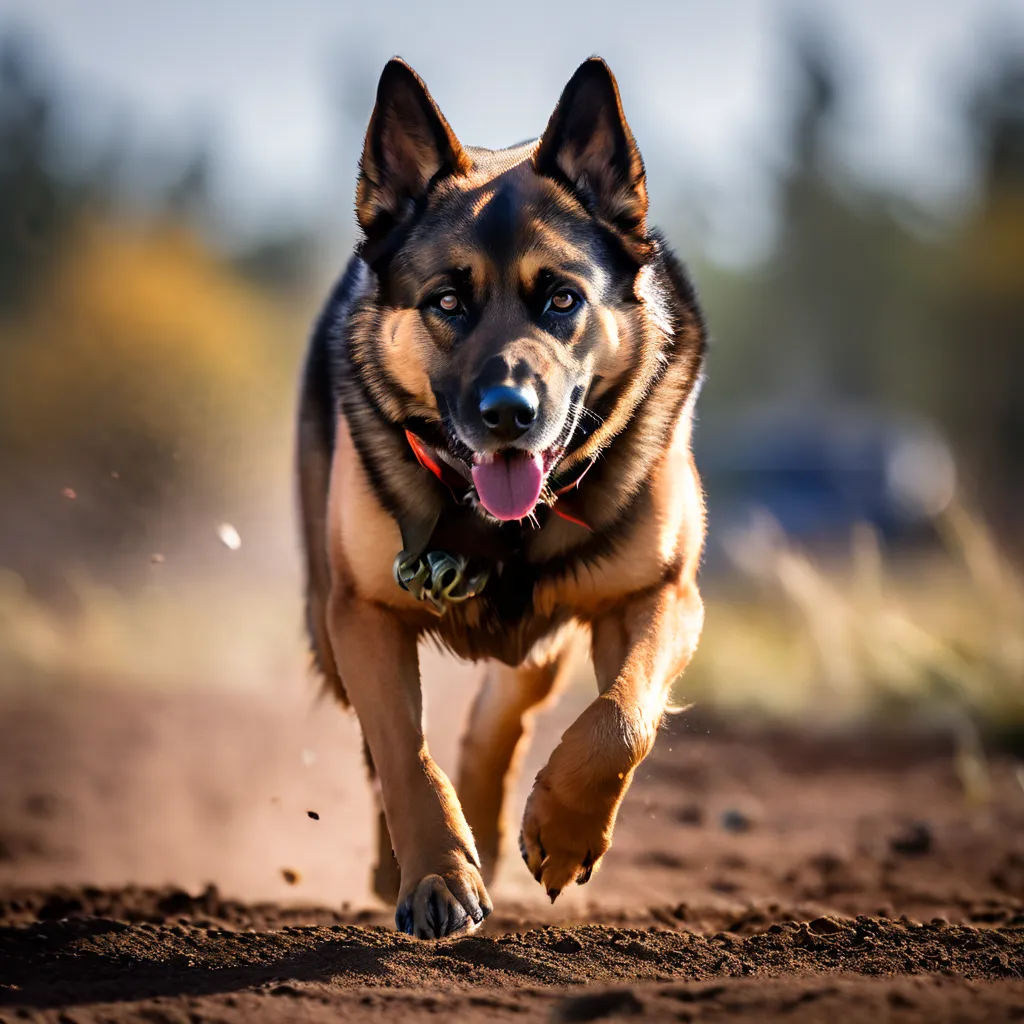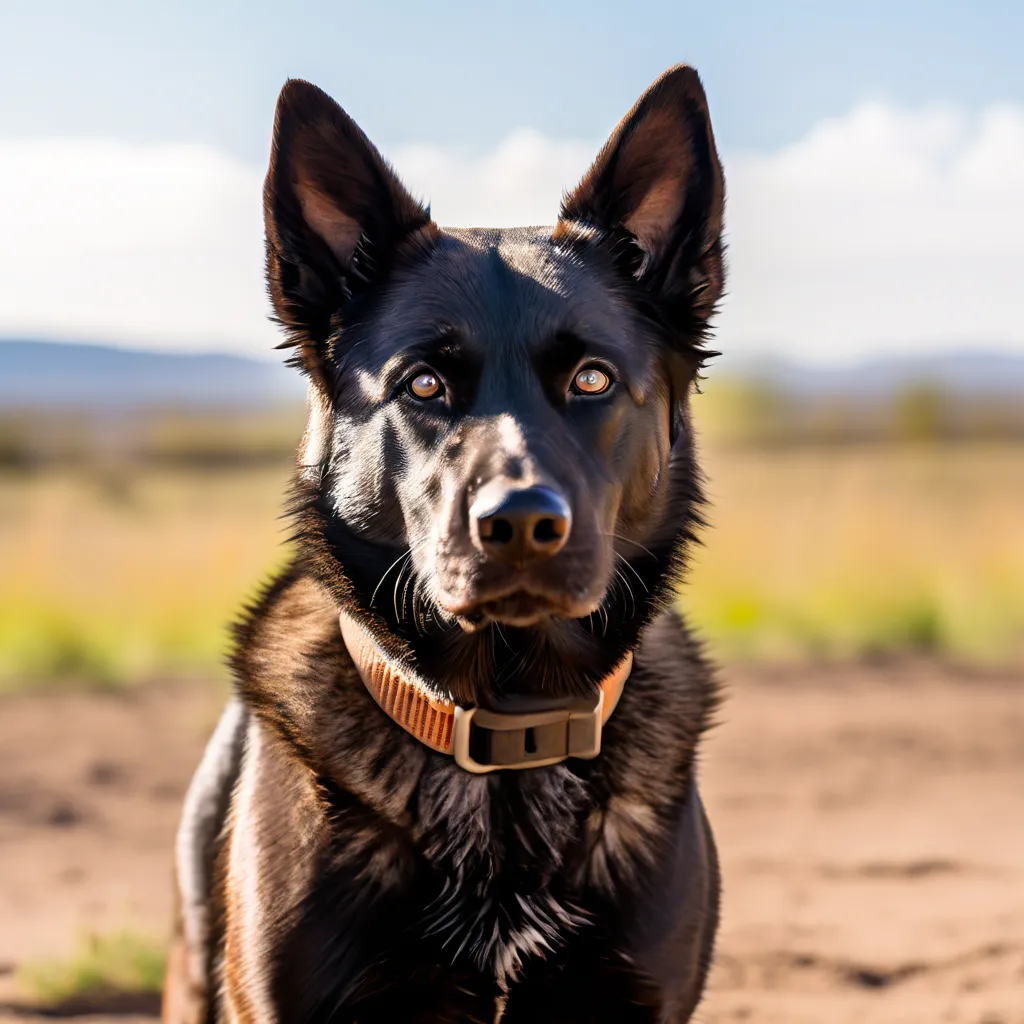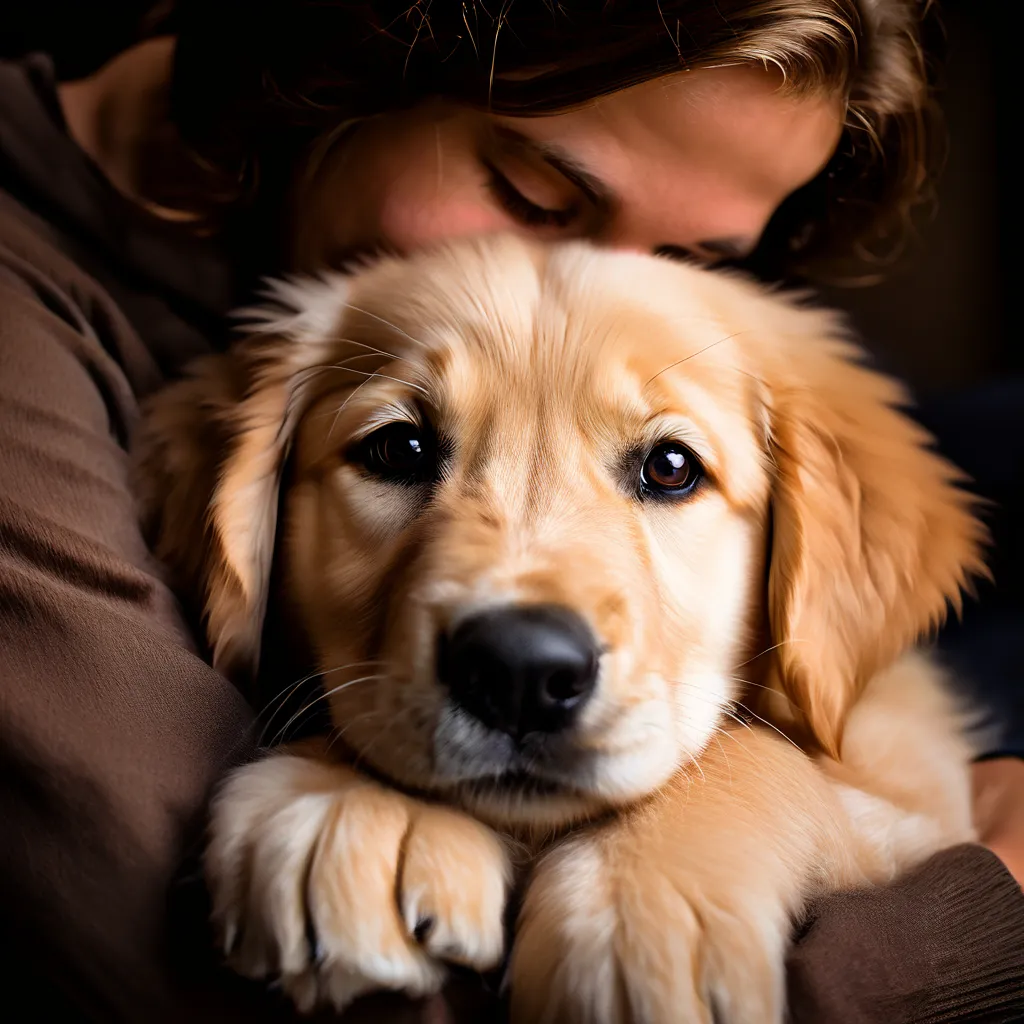Introduction
Are you considering getting a protection dog for your family, but not sure what to expect? Perhaps you’ve heard of Level 2 Protection Dogs, but aren’t quite sure what that means. In this article, we’ll delve into the world of protection dogs and explore what it means to be a Level 2 Protection Dog.
A Level 2 Protection Dog is a highly trained canine that is capable of defending its family and territory from potential threats. But what sets them apart from guard dogs, and how do they differ in terms of breed selection and socialization? In this article, we’ll answer these questions and more, providing you with a comprehensive understanding of what it means to be a Level 2 Protection Dog.

Whether you’re a seasoned dog owner or just starting to research protection dogs, this article is for you. We’ll cover the key characteristics and job focus of a Level 2 Protection Dog, as well as the differences between protection dogs and guard dogs. We’ll also explore breed selection and socialization, and provide tips on how to defend against actual threats.
By the end of this article, you’ll have a clear understanding of what it means to be a Level 2 Protection Dog, and whether or not this type of dog is right for you and your family.
Defining a Level 2 Protection Dog
A Level 2 Protection Dog is a highly trained canine that is bred and socialized to defend against actual threats, rather than just deterring potential threats like a guard dog. These dogs are part of the working group and are often used for personal protection.
Key Characteristics
- Bred and trained to defend against actual threats
- Socialized to live lovingly within a family setting
- Embody control, capability, and value
- Intelligent, loving, and brave
Breeds Used for Level 2 Protection
Some dog breeds that are often used for Level 2 Protection include:
- German Shepherd
- Belgian Sheepdog (or Groenendael)
- Belgian Tervuren
- Belgian Laekenois
- Belgian Malinois
- Dutch Shepherd dog
Importance of Matching Temperament and Energy Level
When looking for a Level 2 Protection Dog, it’s essential to consider the dog’s temperament and energy level and match it with your family’s lifestyle. Some dogs might be better suited for families with older children or more active households.

Key Characteristics and Job Focus
A Level 2 Protection Dog is a highly trained canine that is bred and trained to protect its family and territory from potential threats. The key characteristics and job focus of a Level 2 Protection Dog are:
- Confidence and Courage: A Level 2 Protection Dog must be confident and courageous in the face of potential threats. They should be able to stand their ground and defend their family and territory without showing fear or aggression.
- Loyalty and Bonding: A Level 2 Protection Dog must be loyal and bonded to its family. They should be able to form a strong bond with their handlers and be willing to defend them at all costs.
- Intelligence and Trainability: A Level 2 Protection Dog must be highly intelligent and trainable. They should be able to learn and respond to complex commands and tasks.
- Athleticism and Agility: A Level 2 Protection Dog must be athletic and agile. They should be able to run, jump, and maneuver with ease, making them effective in a variety of situations.
- Discernment and Restraint: A Level 2 Protection Dog must be able to discern between real and perceived threats. They should be able to restrain themselves from attacking unless absolutely necessary.
The job focus of a Level 2 Protection Dog is to:
- Protect its Family and Territory: A Level 2 Protection Dog’s primary job is to protect its family and territory from potential threats.
- Deter Potential Threats: A Level 2 Protection Dog should be able to deter potential threats through its presence and body language.
- Respond to Commands: A Level 2 Protection Dog should be able to respond to commands from its handler, including commands to attack or stand down.
Overall, a Level 2 Protection Dog is a highly trained and skilled canine that is capable of protecting its family and territory from potential threats.

Differences from a Guard Dog
A Level 2 Protection Dog is often confused with a Guard Dog, but they have distinct differences in their job focus, characteristics, and capabilities. Understanding these differences is crucial in determining which type of dog is best suited for your needs.
Job Focus
A Guard Dog’s primary job is to deter potential threats by being territorial and aggressive towards anyone who might pose a threat. They are bred and trained to be alert and responsive to their surroundings, using their loud barking and intimidating appearance to keep threats at bay.
On the other hand, a Level 2 Protection Dog is trained to defend against actual threats. They are not just limited to deterrence but are also capable of intervening and containing a dangerous situation. This means that a Protection Dog is more proactive in its approach, using its training and instincts to protect its family and territory.
Key Differences
Some of the key differences between a Guard Dog and a Level 2 Protection Dog include:
- Deterrence vs. Capability: While a Guard Dog relies on deterrence to keep threats away, a Protection Dog is capable of taking action to defend against actual threats.
- Training: Protection Dogs receive advanced training in obedience, agility, and protection techniques, making them more effective in high-pressure situations.
- Temperament: Protection Dogs are bred and trained to be confident, calm, and composed, even in the face of danger. Guard Dogs, on the other hand, can be more aggressive and territorial.
Importance of Protection Dogs
Protection Dogs play a vital role in keeping families safe and secure. They provide a visible deterrent against potential intruders or criminals, and their presence can significantly reduce the likelihood of break-ins or trespassing. In the event of an actual threat, a Protection Dog is trained to intervene and contain the situation, giving its family time to seek help.
In conclusion, while both Guard Dogs and Protection Dogs have their uses, a Level 2 Protection Dog is a more effective and reliable choice for families seeking advanced security and protection.
Breed Selection and Socialization
When it comes to selecting a breed for a Level 2 Protection Dog, it’s essential to consider the dog’s temperament, intelligence, and physical characteristics. A Level 2 Protection Dog is trained to defend its family and territory, but it’s not a guard dog. Therefore, the breed selection process should focus on finding a dog that is loyal, confident, and athletic.
Key Characteristics
A suitable breed for a Level 2 Protection Dog should possess the following characteristics:
- Intelligence: The dog should be highly intelligent and easily trainable.
- Loyalty: The dog should be loyal to its family and territory.
- Confidence: The dog should be confident and courageous in the face of potential threats.
- Athleticism: The dog should be physically fit and agile.
Breed Selection
Based on these characteristics, some breeds that may be suitable for a Level 2 Protection Dog include:
- German Shepherds
- Belgian Malinois
- Dutch Shepherds
- Rottweilers
- Doberman Pinschers
Socialization
Socialization is a critical component of a Level 2 Protection Dog’s training. The dog should be socialized to be calm and confident in a variety of situations, including:
- Public places: The dog should be comfortable in public places, such as parks and shopping centers.
- New people: The dog should be friendly and calm when meeting new people.
- New environments: The dog should be able to adapt to new environments, such as new homes or cars.
Training
A Level 2 Protection Dog’s training should focus on obedience, agility, and protection skills. The dog should be trained to respond to commands, navigate obstacles, and defend its family and territory.
Defending Against Actual Threats
A Level 2 Protection Dog is trained to defend against actual threats, which can include physical attacks, home invasions, and other forms of aggression. These dogs are not just pets, but highly trained animals that are capable of responding to a wide range of situations.
Key Characteristics of a Level 2 Protection Dog
- Highly trainable and responsive to commands
- Confident and assertive in the face of threats
- Physically capable of defending against an attacker
- Able to distinguish between real and perceived threats
How a Level 2 Protection Dog Defends Against Actual Threats
When a Level 2 Protection Dog senses a threat, it will typically respond in a series of steps:
- Alerting: The dog will alert its handler to the potential threat, often through a bark or other vocalization.
- Assessing: The dog will assess the situation to determine the level of threat.
- Defending: If the threat is deemed real, the dog will defend its handler and territory using a variety of techniques, including barking, growling, and physical intervention.
The Importance of Proper Training and Socialization
Proper training and socialization are critical for a Level 2 Protection Dog to effectively defend against actual threats. This includes:
- Obedience training to ensure the dog responds to commands
- Socialization to help the dog distinguish between real and perceived threats
- Scenario training to prepare the dog for a variety of situations
Conclusion
In conclusion, a Level 2 Protection Dog is a highly trained and skilled canine that plays a vital role in protecting individuals, families, and communities from potential threats. Through their advanced training and socialization, these dogs are able to effectively defend against actual threats while also being gentle and loving companions.
As we have discussed throughout this article, a Level 2 Protection Dog is defined by its key characteristics, including its ability to respond to commands, its confidence and assertiveness, and its ability to distinguish between real and perceived threats. These dogs are not guard dogs, but rather highly trained protection dogs that are capable of making quick decisions in high-pressure situations.
The importance of understanding what a Level 2 Protection Dog is cannot be overstated. By recognizing the value and capabilities of these dogs, we can better appreciate the role they play in keeping us safe and secure. Whether you are considering bringing a Level 2 Protection Dog into your family or simply want to learn more about these incredible animals, it is essential to have a clear understanding of their characteristics, training, and abilities.
In addition to their impressive skills and abilities, Level 2 Protection Dogs also require careful breed selection and socialization. By selecting breeds that are well-suited to protection work and providing them with proper socialization and training, we can help ensure that these dogs are able to reach their full potential and provide the best possible protection for those they serve.
In the end, a Level 2 Protection Dog is a valuable asset to any family or community. Their advanced training, confidence, and ability to respond to threats make them an invaluable resource in keeping us safe and secure. By understanding and appreciating the importance of these dogs, we can work to ensure that they continue to play a vital role in protecting and serving us for years to come.

















